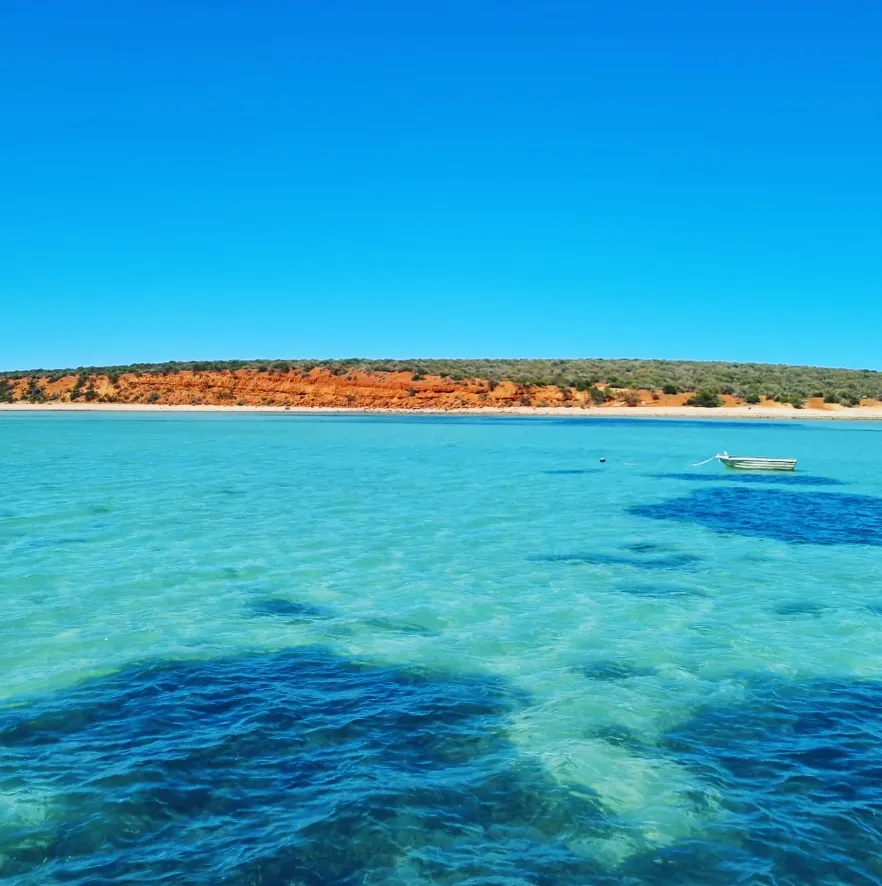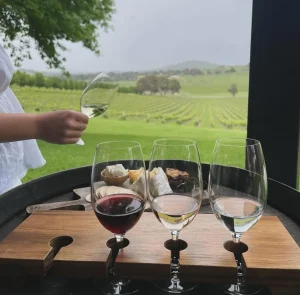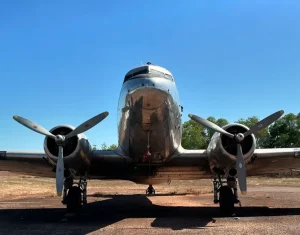Shark Bay in Western Australia is one of the most beautiful natural wonders of the country. On the Coral Coast, this UNESCO World Heritage site is a mix of marine life, history and coastal beauty. From wild dolphins at Monkey Mia to the ancient stromatolites of Hamelin Pool, Shark Bay will capture your imagination and your heart. In this extended guide, we’ll cover everything that makes Shark Bay a must-see destination, including the wildlife, historical sites and eco-tourism.
A Brief History of Shark Bay
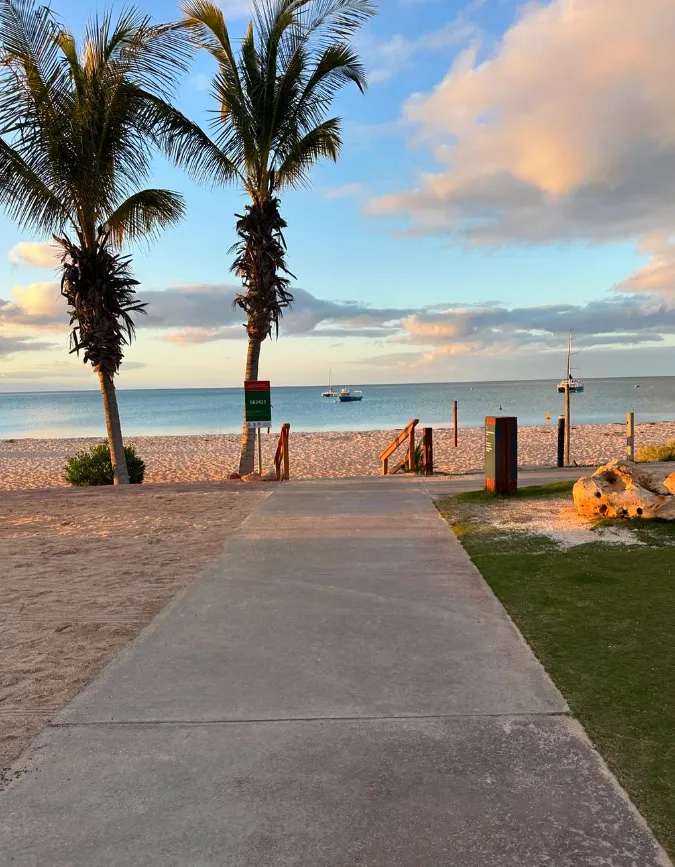
Shark Bay has been a special place for thousands of years, not just for its natural beauty but for its history, too. In 1616, Dutch explorer Dirk Hartog landed on the island that now bears his name. This was one of the first European contacts with Australia. Hartog’s visit is commemorated by a plate he left behind which is Australia’s oldest European artifact. But Shark Bay’s history goes back much further than European exploration. For thousands of years the Aboriginal people have called the area home, the Shark Bay region is culturally and spiritually significant. Their knowledge of the land and sea and their survival skills are key to understanding Shark Bay today.
The Wild Dolphin Experience
One of the main attractions of Shark Bay is Monkey Mia Reserve, which is famous for its wild dolphin encounters. The common bottlenose dolphins, especially the Indo-Pacific bottlenose dolphins, have been visiting the shores of Monkey Mia for over 50 years. The wild dolphins come in close to the shore, often swimming in the shallow waters of the beach, for an experience you will never forget.
What makes the dolphin experiences at Monkey Mia special is that it’s one of the few places in the world where wild dolphins come to the shore of their own accord. The dolphins’ social lives are fascinating to watch, many mature female dolphins interact with visitors and their calves often join in making the dolphin feeding sessions a real heart warmer.
Park rangers from the Parks and Wildlife Service manage these interactions to ensure the dolphins remain wild. The feeding program is controlled to avoid overreliance on human food. This structured feeding allows visitors to interact with the animals without impacting their survival skills or changing their wild behaviour. It’s a unique opportunity to see dolphins in their natural environment while respecting their lifestyle.
Beach and Beyond
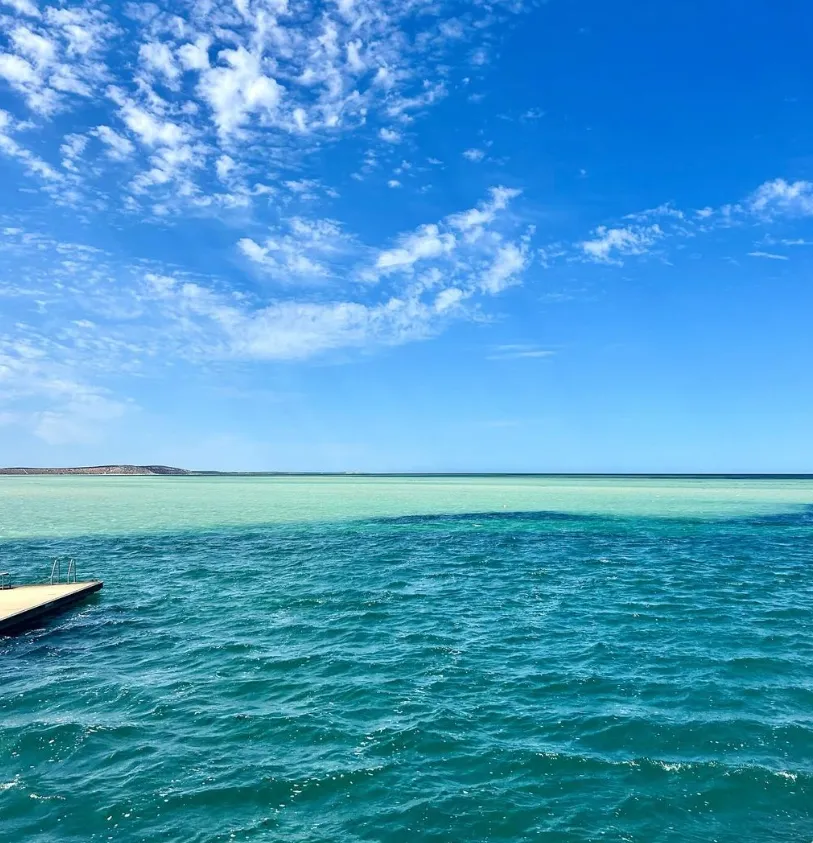
Monkey Mia Beach is more than just dolphins. The beach itself is a beautiful white sand beach, calm waters to swim, snorkel and beach activities. The whole beach is a peaceful haven, blue water to sit back and soak up the surroundings. Shallow waters along the coast perfect for families and visitors who want to enjoy the beach with minimal effort.
RAC Monkey Mia Dolphin Resort is the perfect place to stay if you want to be close to the action. Whether you’re after the dolphin experiences or want to chill on a beautiful beach, the resort is the spot. It’s also a great base from which to explore the rest of Shark Bay, including Francois Peron National Park.
Shark Bay’s Wildlife and Marine Life
Shark Bay is famous for its wildlife and marine life. Apart from the dolphins, Shark Bay is home to a huge population of dugongs, one of the largest dugong populations in the world. These gentle sea creatures can be seen in the calm waters of the Shark Bay Marine Park, feeding on seagrass meadows.
Eagle Bluff is another famous spot where sharks, rays, and other marine life are swimming in the shallow, clear waters below. Shark Bay is a premier eco-tourism destination with so many wildlife experiences to connect with nature.
Shark Bay’s marine basin is a fascinating part of its ecosystem, with hypersaline water in some areas like Hamelin Pool. This extreme environment has allowed unique life to thrive, including stromatolites. These rock-like formations are built by single-celled organisms and are some of the earliest life forms on Earth. Hamelin Pool is one of only a few places in the world where you can see living stromatolites, a window into the past.
Francois Peron National Park
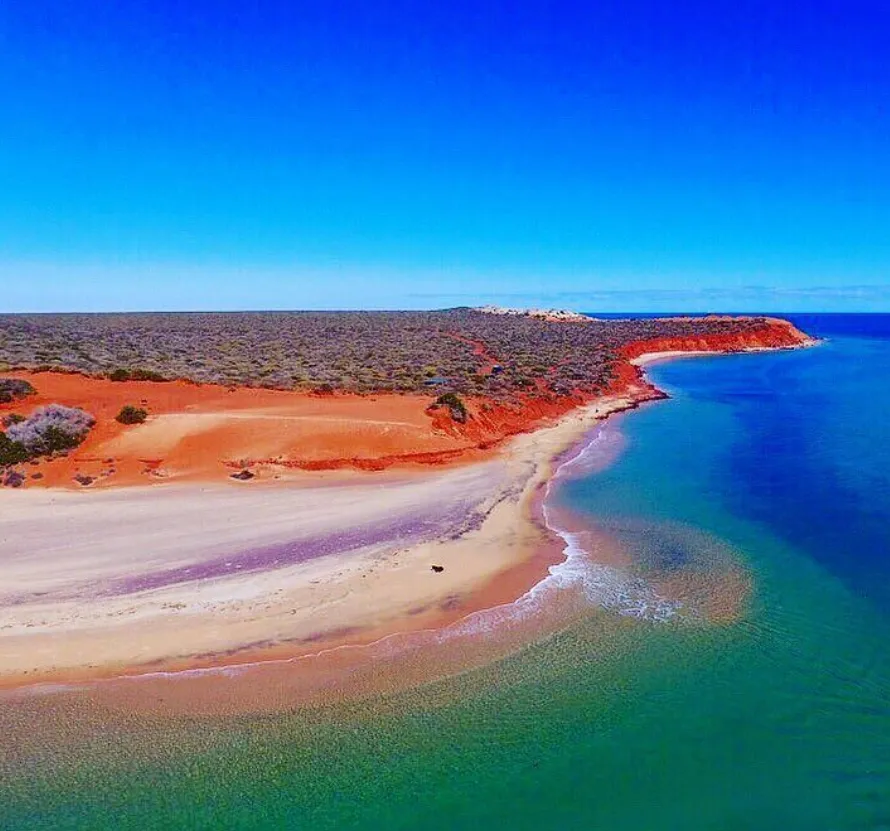
For those who want to go on land adventure, Francois Peron National Park on the Peron Peninsula is a must-see. This National Park has dramatic coastal scenery, red cliffs against white beaches and blue water. It’s a great spot for a road trip, four-wheel driving, camping and wildlife spotting.
The Wulyibidi Yaninyina Trail is a popular walking trail in the park, with views of Shark Bay’s coastline and inland landscapes. The park is also home to many bird species and if you’re lucky you might see some of the park’s shy desert animals.
Hamelin Pool: Life from the Past
Hamelin Pool has one of Shark Bay’s most amazing natural features: stromatolites. These are living fossils that give us a glimpse into life on Earth millions of years ago. The hypersaline water here is perfect for them to live. The pool is also famous for its coquina shells, creating white shell beaches that go on forever. Walking on these shells is a weird experience, another bonus when visiting Shark Bay. Join our Ningaloo Reef tours for an adventure of a lifetime! Snorkel with colorful fish, swim with turtles, and witness the natural splendor of one of Australia’s most iconic reefs.
Dirk Hartog Island
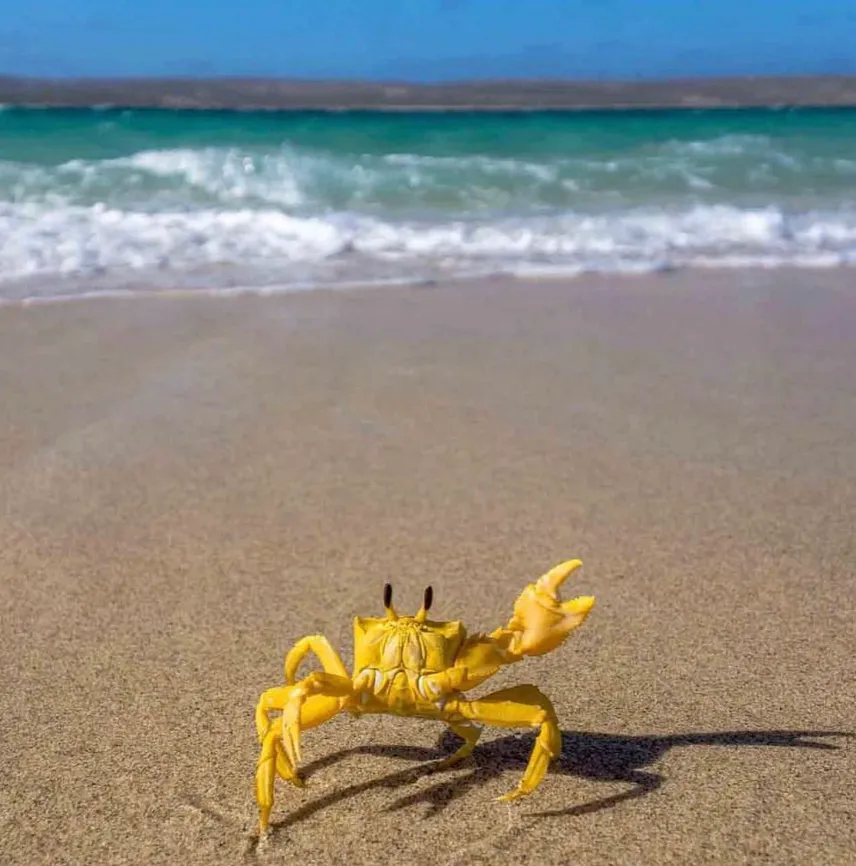
Dirk Hartog Island is named after the Dutch explorer and takes you back in time. The island is famous for its unspoilt landscapes, secluded beaches and marine life. As part of the Shark Bay World Heritage area Dirk Hartog Island is a conservation site. The coral reefs are great for snorkelling and diving, the beaches for relaxing and the island is a good spot for boat encounters where you can see dolphins, dugongs and manta rays in their natural environment.
Getting to Shark Bay and Planning
Shark Bay is 850km north of Perth so it’s a great road trip along the Coral Coast. Shark Bay Airport has direct flights if you want to get there quicker. Once you’re there you can explore the attractions on guided tours, day trips or self guided adventures.
The Shark Bay region has various accommodation options including caravan sites at RAC Caravan Park and eco-lodges for the environmentally conscious. Shark Bay’s weather is warm, the best time to visit is May to October when the temperatures are mild and perfect for outdoor activities.
Why You Must Visit Shark Bay
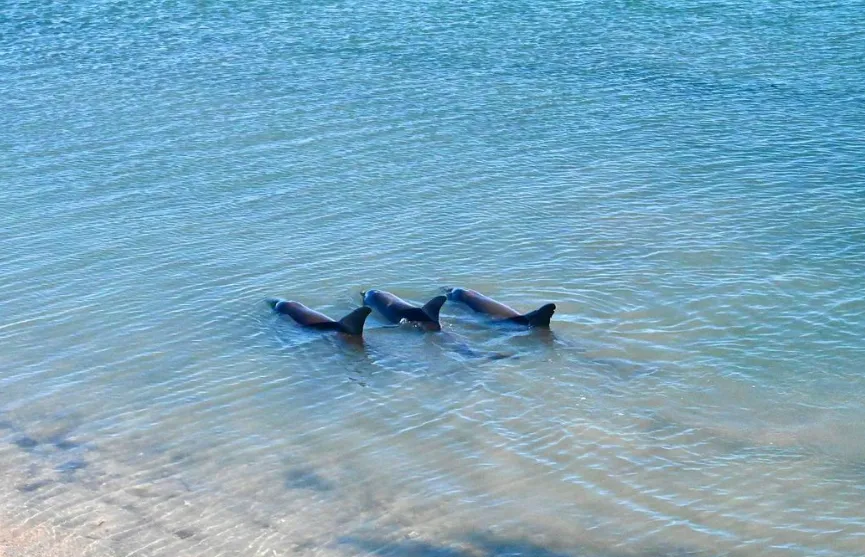
From the friendly dolphins at Monkey Mia to the ancient stromatolites at Hamelin Pool Shark Bay has natural beauty, wildlife and history. A destination for all interests whether you want adventure, relaxation or a deeper connection to nature.
Shark Bay’s eco-tourism has been developed under strict guidelines that protect the region’s sensitive ecosystems while allowing visitors to have wildlife experiences. The unique marine life, Indo-Pacific bottlenose dolphins, dugongs and manta rays make Shark Bay a nature lover’s paradise.
With its rich history, pristine white beaches, and endless opportunities for wildlife encounters, Shark Bay is truly one of Western Australia’s greatest treasures.
FAQ
How can I see the dolphins at Monkey Mia?
The best way to see the dolphins is through the dolphin feeding program at Monkey Mia Reserve. Park rangers will guide the interactions to ensure the dolphins are not harassed and you get up close.
What other wildlife can I see in Shark Bay?
Apart from dolphins, Shark Bay has dugongs, manta rays, sea turtles and many fish species. You can also see sharks and rays from Eagle Bluff or birds within Francois Peron National Park.
How do I get to Shark Bay?
Shark Bay is accessible by road or air. It’s about 850km north of Perth, or you can fly into Shark Bay Airport and get there quicker. Once here, there are guided tours and self-drive options.
What’s special about Hamelin Pool’s stromatolites?
The stromatolites at Hamelin Pool are one of the oldest living things on Earth and give us a glimpse into life on the planet. Hamelin Pool’s hypersaline water is the environment where these ancient formations can exist.
What can you do at Francois Peron National Park?
Four-wheel driving, hiking and wildlife watching. Wulyibidi Yaninyina Trail is a walking trail, and the red cliffs and white beaches are used for photography and chilling.
